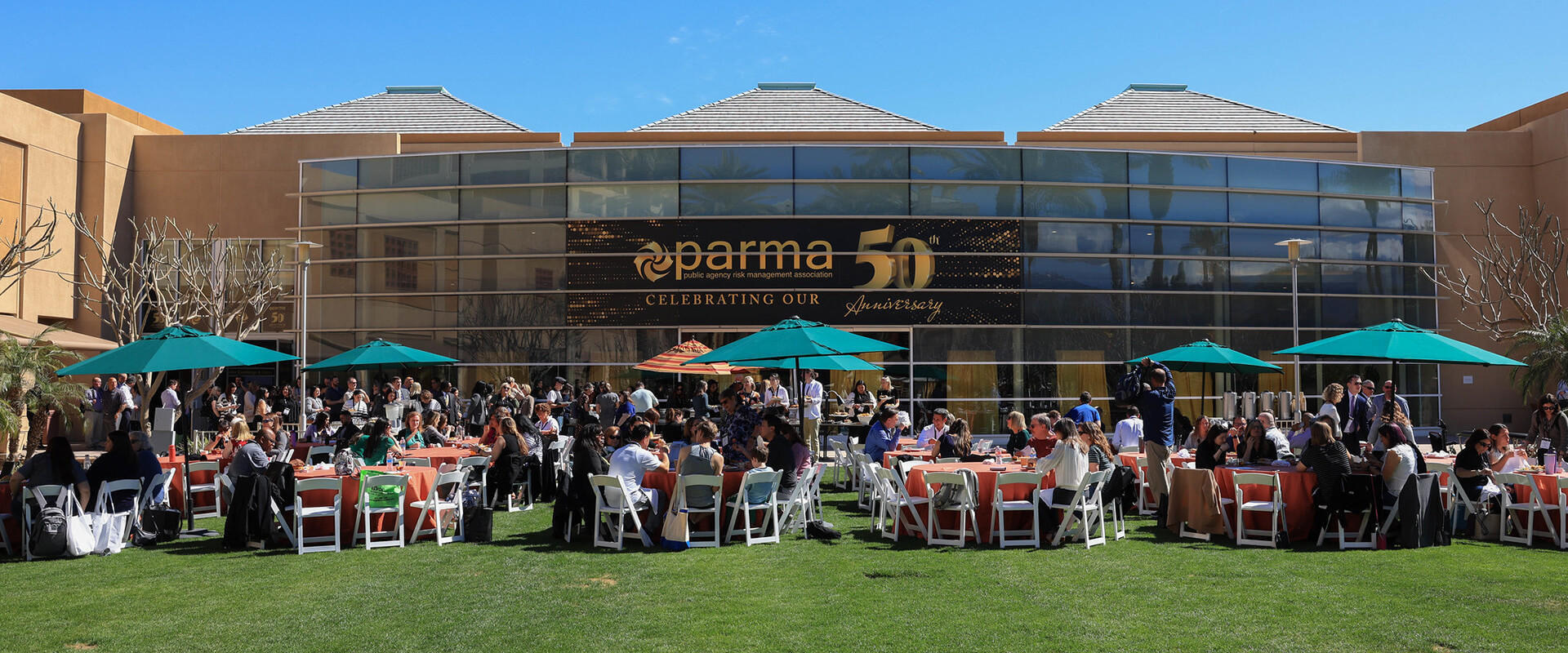Wildfire has been an integral part of California ecosystems for centuries. Now, however, nearly a third of homes in California are in wildland urban interface areas where houses intermingling with wildlands and fire is a natural phenomenon. Just as Californians must live with earthquake risk, they must live with wildfires.
Shaped by ignitions, climate and fuels, wildfires are likely to become more frequent and severe with climate change. The 2017 experience of the largest and most damaging wildfires in California history, and ongoing destructive fires in 2018, provide a window of opportunity for learning to better coexist with wildfire.
But both governments and people tend to adopt only short-term responses that don’t necessarily reduce risk effectively. For example, Interior Secretary Ryan Zinke, after visiting fires in California, said the solution to wildfire prevention is more active management to remove fuel from forests. In a tweet, President Trump criticized California’s handling of the wildfires, blaming its environmental policies and saying that tree clearing is needed to contain fires.
However, focusing on traditional approaches like fighting fires and fuels management alone can’t solve the wildfire problem. Instead, California must become better prepared for inevitable fires and change how it develops future communities.











